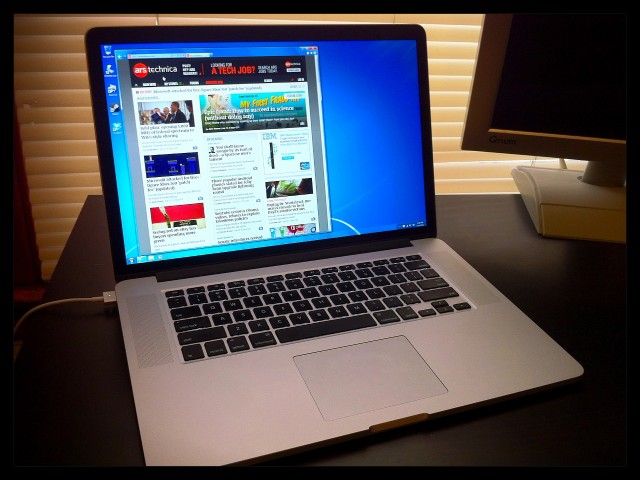

/83264344-56a5d4763df78cf7728a0cf0-182b4baffa07440bb1294677f580e617.jpg)
- #BOOTCAMP INSTALL WINDOWS 7 ON MAC PRO 2010 DRIVERS#
- #BOOTCAMP INSTALL WINDOWS 7 ON MAC PRO 2010 ISO#
Note: if you need to zap the BOOTCAMP volume during the Windows 7 install, you’ll need to grab the Boot Camp drivers from the Snow Leopard CD or from BitTorrent (Apple doesn’t offer 3.0 drivers standalone, and 3.1 and 3.2 require 3.0 to be installed) and run those manually.
#BOOTCAMP INSTALL WINDOWS 7 ON MAC PRO 2010 ISO#
The only way to strip Windows 7 down seems to be using a tool like RT Seven Lite to create an ISO that removes the packages entirely beforehand. There is a tool called DISM (must be run as admin) that can manage packages, but appears to treat almost the entire Windows 7 install as one big package. o_Oĭisabling components actually only increased usage. If you are trying to install on a machine without a DVD drive, I suggest either simply using a VM or if you must Boot Camp, acquiring an external drive.Īdditional caveats: once I was able to boot was that the Windows 7 installed did not recognize the BOOTCAMP NTFS partition, and the after formatting, threw an apparently common Error 0x80300024 on install (the solution for this was to shut down and pull out my 3 other drives out so the Windows installer didn’t get confused).Īt the end of the ordeal, I ended up with a working Windows 7 install that used 28.4GB of space. To successfully install Windows 7, I ended up driving out to buy some DVD-Rs and burning the ISO in a Win7 VM (VMWare Fusion 3.1.12) installed from the ISO via Boot Camp. The tl dr version is that on a 2008 Mac Pro (2 x 3.2GHz Quad-core) running a freshly installed OS X 10.6.6 with rEFIt 0.14 I couldn’t successfully install a Windows 7 圆4 ISO from USB. First of all, holy shit this was a miserable experience.


 0 kommentar(er)
0 kommentar(er)
